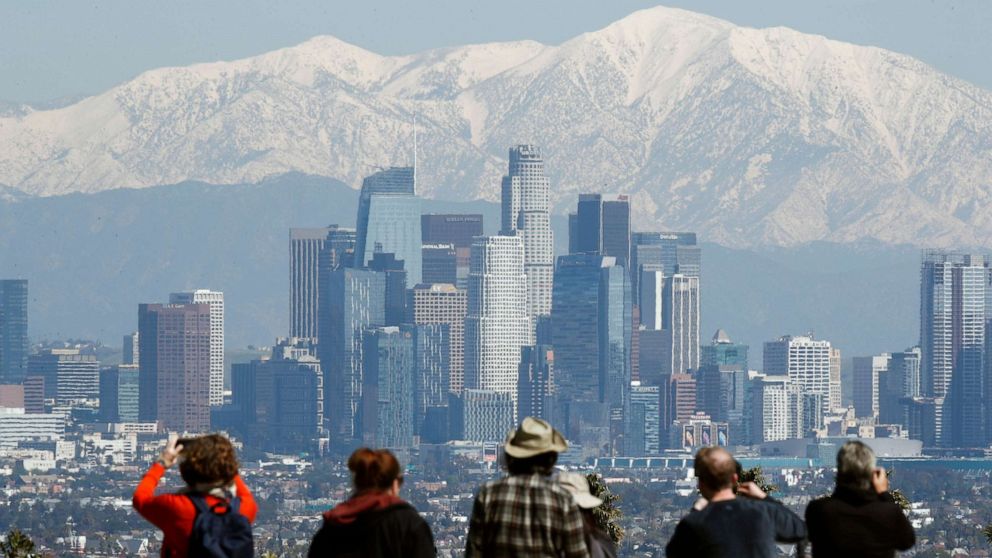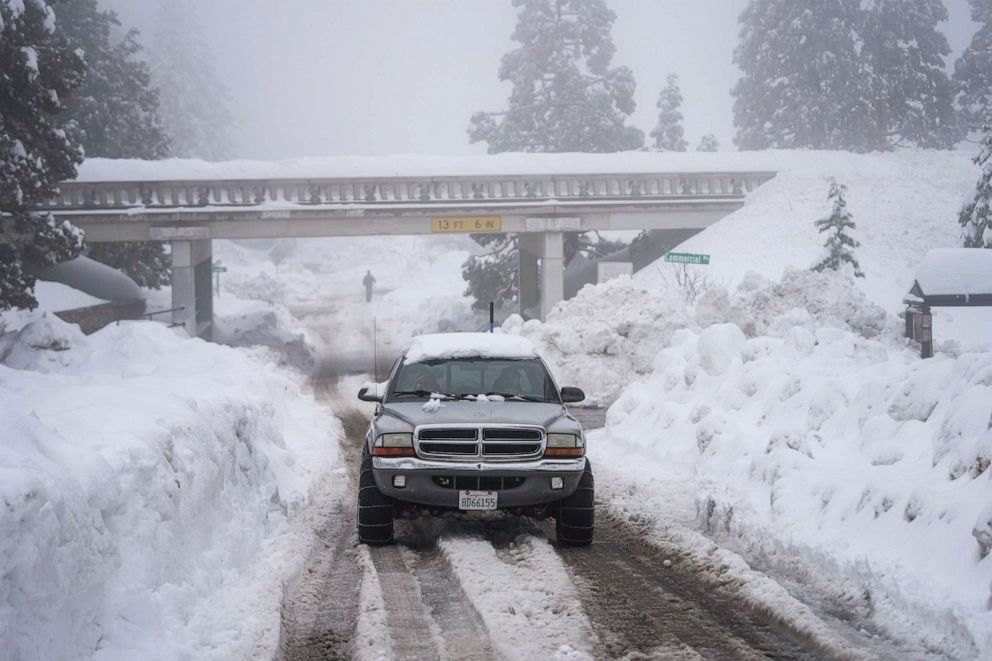
The wet winter of 2023 has worked wonders on digging portions of the western U.S. out of exceptional and extreme drought, according to the latest drought monitor.
But one good season of precipitation isn't enough to eradicate the megadrought, which scientists continue to predict will last for years to come. The U.S. would need to see multiple wet winters to help replenish underground aquifers and reservoirs to return back to levels previously seen prior to the megadrought.
Luckily, the wet weather appears to be continuing on the West Coast for the short term, but long-term trends are less predictable.
There are also concerns about how all that snow melts in the coming months: will it melt steadily and continue to replenish water reserves, or will heatwaves and other weather events cause excessive rapid melting that causes flooding and run-off where that excess water can't be captured?
The bottom line, though is that one good season of rain can't replace years of drought, and water conservation is still paramount to ensuring water security for the region.
Human-caused climate change has caused the dryness out West, and no models predict the West will return to a wetter climate that was indicative of the areas in the late 20th century.
Climate change is causing the extremes of dry and wet, as well -- long periods of drought and now a huge burst of precipitation. Climate change is like a pendulum wildly swinging back and forth between extremes.
As the region heads into wildfire season, it's likely a wet winter will generate a huge amount of grass, chaparral and other undergrowth this summer that will be big fuel as the dry season deepens. The 2023 wildfire season could be quite the opposite of the quiet 2022 year.
